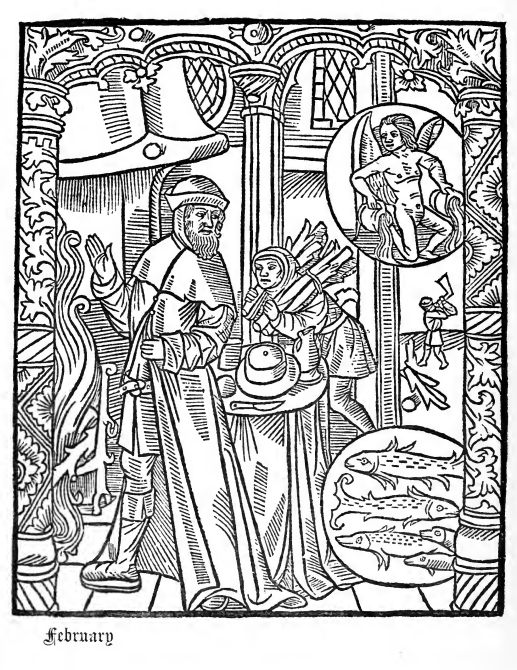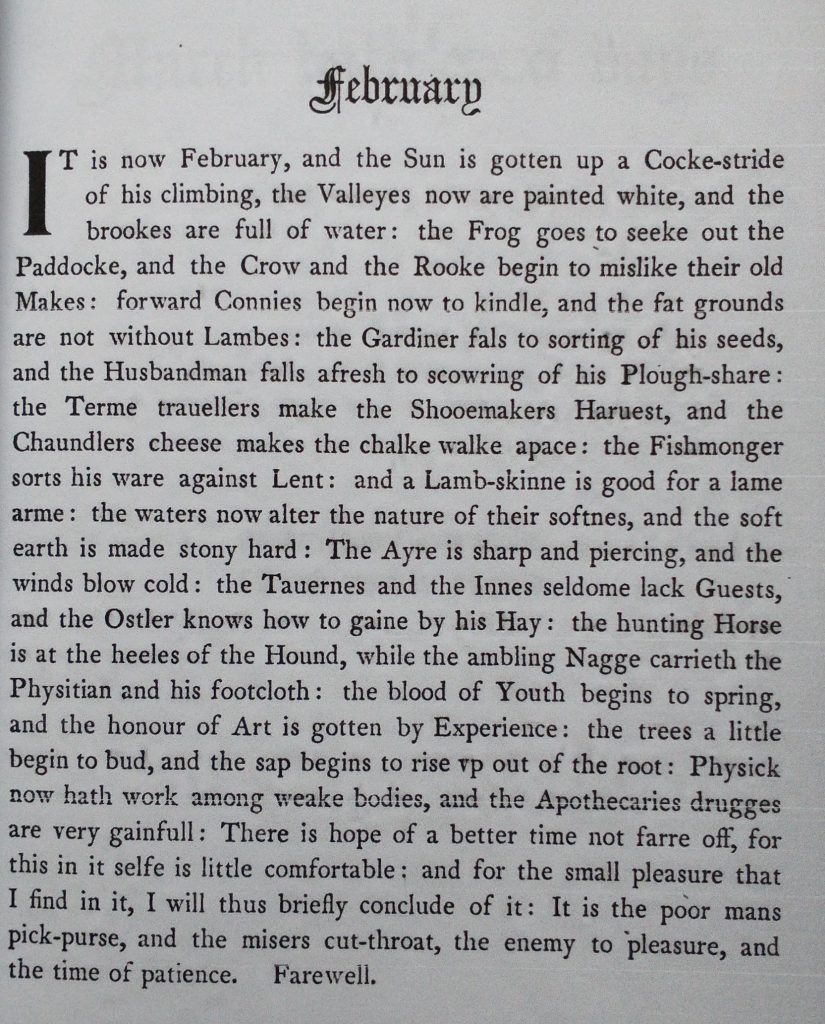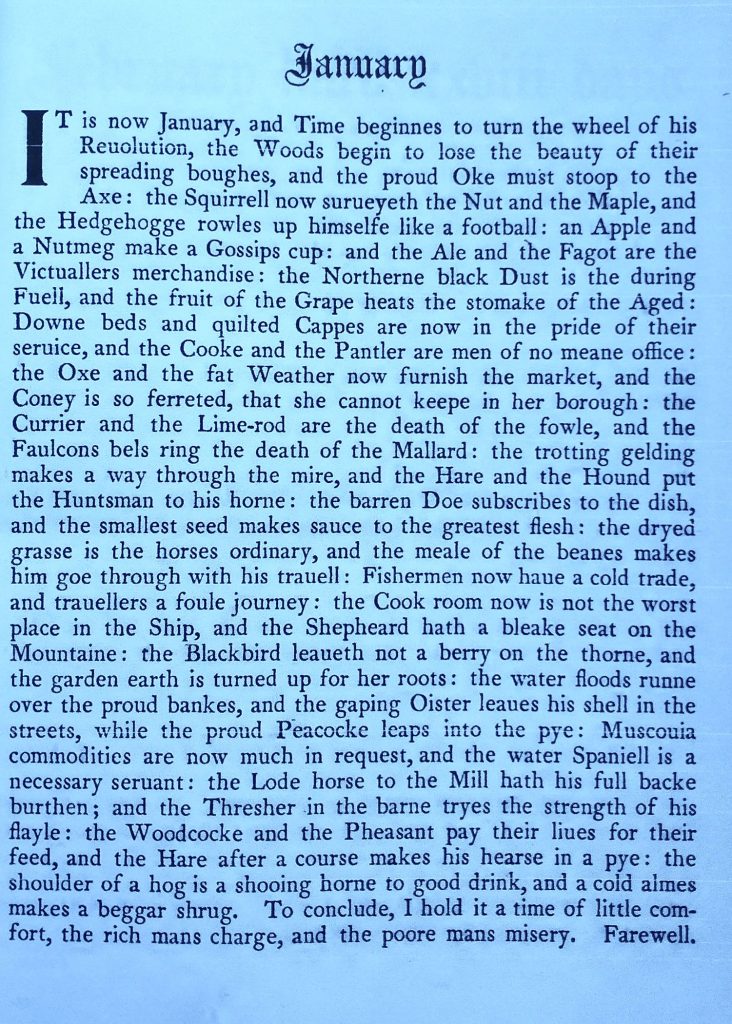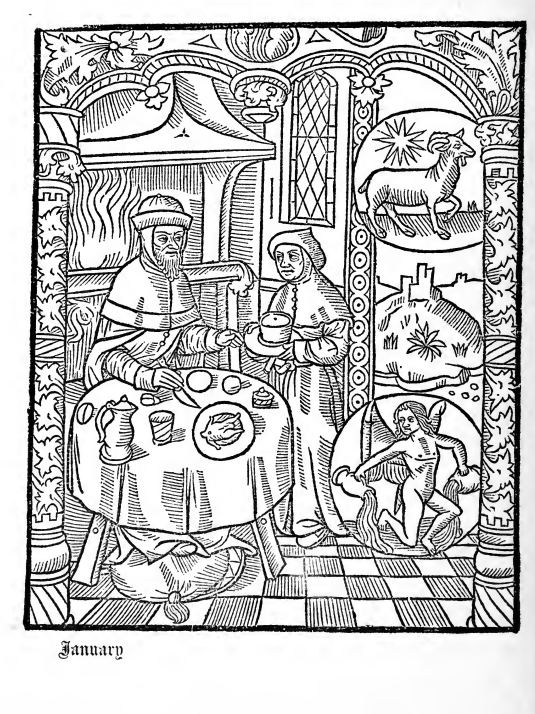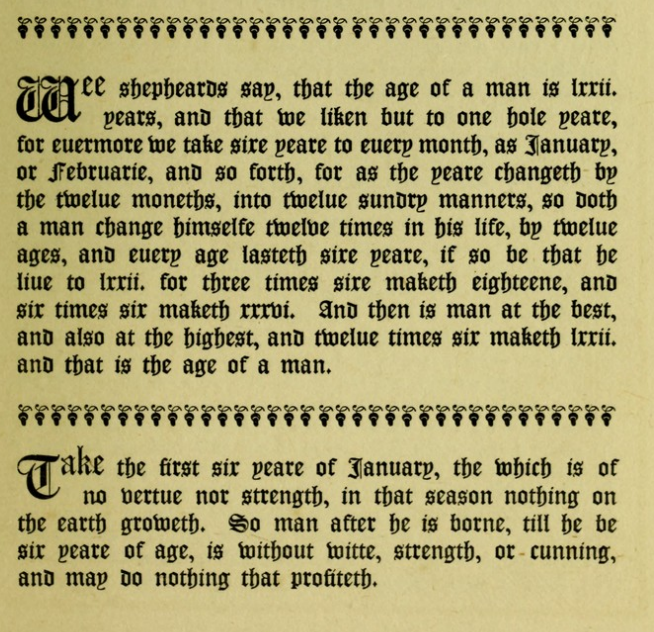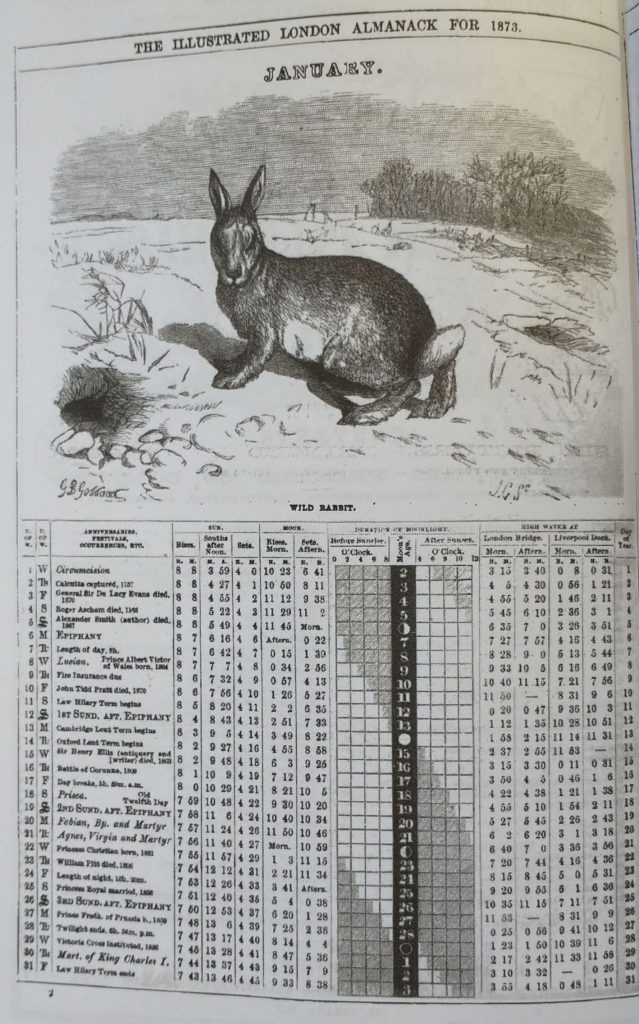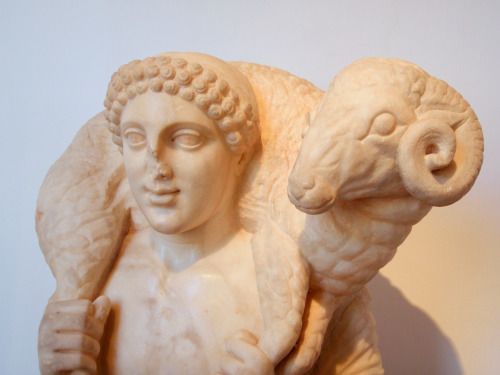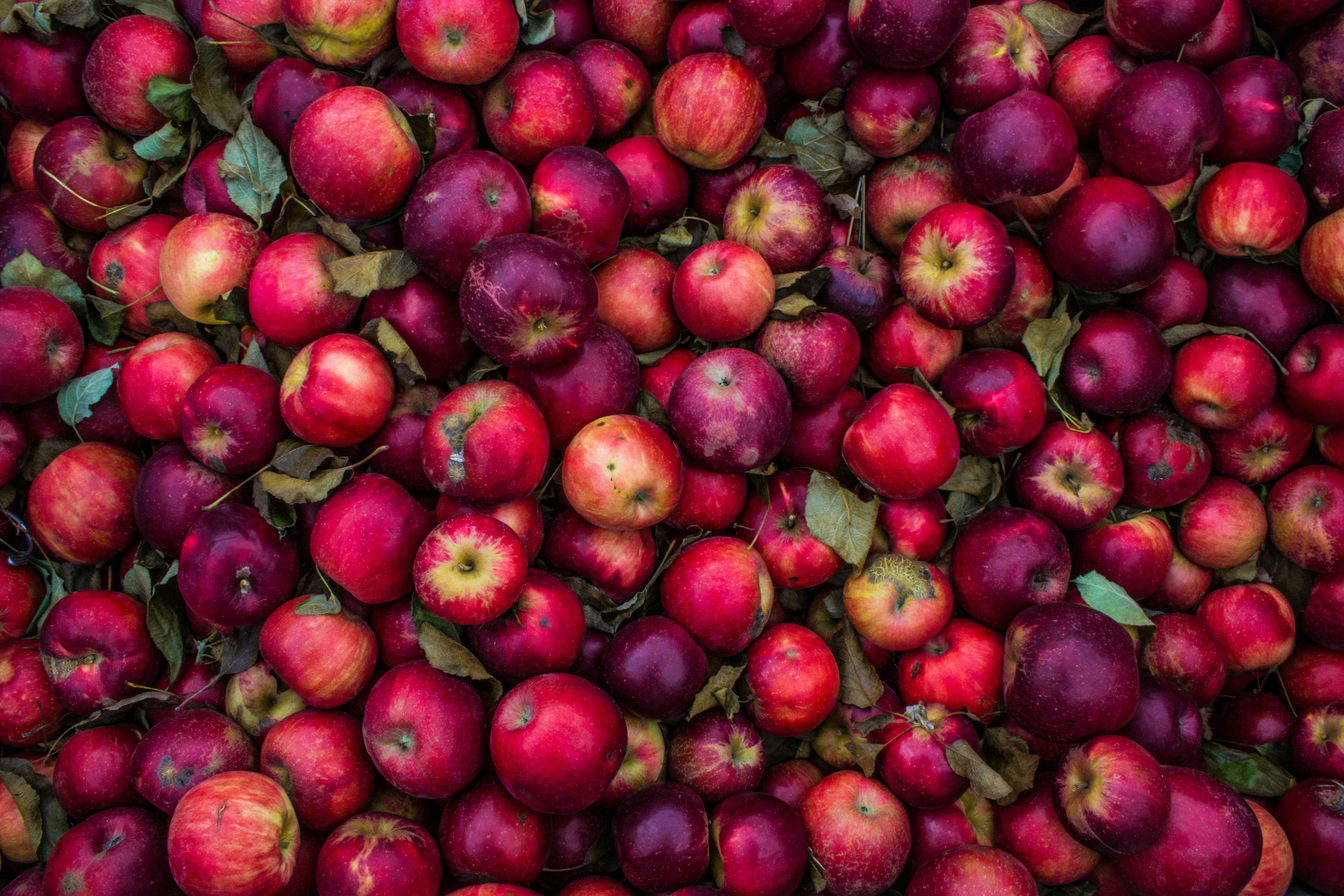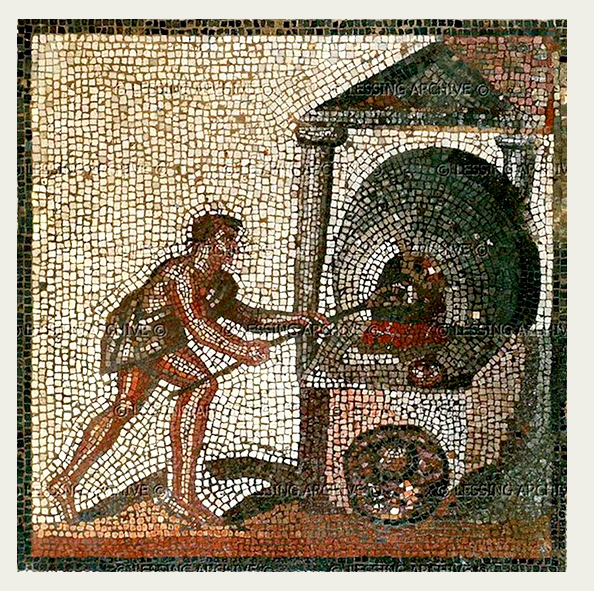
Fornacalia was a corn festival that took place around February 7th to the 17th. Romans were assigned days to celebrate (see below) but the last day, today, was reserved for those fools who did not know their proper day.
Pliny the Elder says it was King Numa Pompilius (753-673 BC), who established Fornacalia, The Feast of Ovens. Fornacalia celebrated Fornax who was the Goddess of the Oven – specifically the grain oven for drying grain. The word for oven is also Fornax, from which we probably derive our word furnace.
The Annona
Rome had a population of one million people, and keeping them fed was a difficult task. So the celebration of Fornacalia was an important feast designed to protect Rome’s all important grain supply. The Imperial Government took on the responsibility of providing the grain in a system called the Annona. and provided the Citizens with free bread. The Italian Annona brought much of its grain from Egypt.
Londinium & the Annona
Dominic Perring in his recent book on Roman London (Londinium in the Roman Empire) speculates that the fluctuating fortunes of London was dependent upon the routing of a northern Annona through Londinium. When the Emperor was engaged with the North Western Empire London thrived, when he wasn’t interested it declined.
Organising the Fornaclia and the Curio Maximus
The Festivals in Rome were organised by the Curio Maximus who was a priest who supervised the curiae. In Rome the citizens were arranged, originally, into the 3 ancient tribes of Rome (founded in the 8th Century BC). The Tribes were supposed to represent the ancient ethnic groups. These were the Ramnes the Latin population, the Tities the Sabines, and the Luceres the Etruscans. The tribes were then divided into 10 curiae each. So there were 30 curiae.
Each Roman was supposed to be assigned to one of the curiae, which had a religious, social and voting function. The name may come from ‘co-viria – a gathering of men’. The members of the curiae were known as curiales. Each curiae had their own priest, or curio, and assistant priest ‘flamen curialis‘. And they organised the religious ceremonies of the curiae. They met in a meeting place called the curia.
So the Curio Maximus would declare when a festival was to be held, and get the curiae to organise the celebrations at the curia. I hope you are still with me! They would choose a date, for example for the Fornacalia, between about the 7th Feb and the 17th of February. And the citizens would go to their curia where there would be a ceremonial roasting of the grain, and baking into bread which would be in honour of the Goddess Fornax.
Ovid & the Feast of Fools
Ovid, who wrote his almanac poem on the Roman festivals (Fasti), reveals many of these details. He points out that many people didn’t know which curiae they were in. So they would celebrate on the last day of the Festival, which, therefore, became known as the Feast of Fools.
Learn too why this day is called the Feast of Fools.
The reason for it is trivial but fitting.
The earth of old was farmed by ignorant men:
Fierce wars weakened their powerful bodies.
There was more glory in the sword than the plough:
And the neglected farm brought its owner little return.
Yet the ancients sowed corn, corn they reaped,
Offering the first fruits of the corn harvest to Ceres.
Taught by practice they parched it in the flames,
And incurred many losses through their own mistakes.
Sometimes they’d sweep up burnt ash and not corn,
Sometimes the flames took their huts themselves:
The oven was made a goddess, Fornax: the farmers
Pleased with her, prayed she’d regulate the grain’s heat.
Now the Curio Maximus, in a set form of words, declares
The shifting date of the Fornacalia, the Feast of Ovens:
And round the Forum hang many tablets,
On which every ward displays its particular sign.
Foolish people don’t know which is their ward,
So they hold the feast on the last possible day.
Book II: February 17 From: Fasti, Book 2. Translated by A.S Kline and available here
For more information: www.vindolanda.com/blog/celebrating-the-fornacalia wikipedia.org/wiki/Fornacalia
Fornication
Someone told me that the Roman word for the person who looked after a furnace was the fornicator. And as heat was a ’cause’ of lust, fornicators well, they fornicated.
However, others derive the word from the word Fornix, which is an arch. And arches, it was said, was where the Brothels were, hence fornicator. Not sure I’m going with that idea that Brothels were always under arches. But have a look at the online etymology dictionary’s definition which might help you make up your mind:
from Late Latin fornicationem (nominative fornicatio), noun of action from past-participle stem of fornicari “to fornicate,” from Latin fornix (genitive fornicis) “brothel” (Juvenal, Horace), originally “arch, vaulted chamber, a vaulted opening, a covered way,” probably an extension, based on appearance, from a source akin to fornus “brick oven of arched or domed shape” (from PIE root *gwher- “to heat, warm”). Strictly, “voluntary sex between an unmarried man and an unmarried woman;” extended in the Bible to adultery. The sense extension in Latin is perhaps because Roman prostitutes commonly solicited from under the arches of certain buildings.
As you can see it’s a big old mix-up of arches, brothels, brick ovens, all quite unconvincing, so I’m sticking with my over-heated stoker theory.
To find out more about Ovid and his Almanac look at my post here.
First published February 2023 and revised and republished 17th February 2024, 2025










